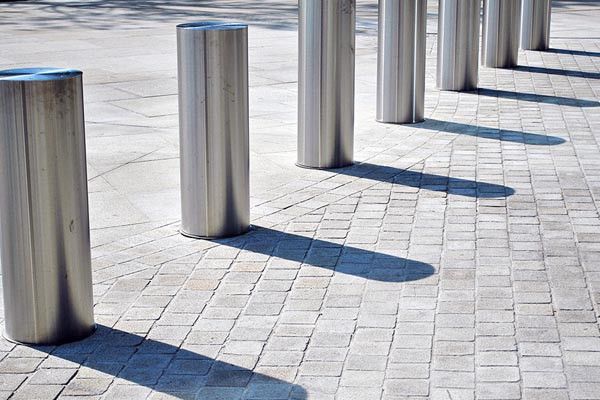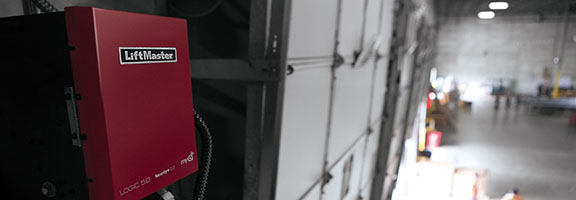Urban Security Precincts To thwart violent attacks, design matters.
" By Thomas Vonier, FAIA, for AIA Architect"
Urban security precincts—zones designed expressly to control access and to facilitate security surveillance—can help to protect urban public places, which are now, sadly, the front line in the fight against violent extremism.

Attacks in New York, Boston, Brussels, Paris, and London—to name only a few—make it clear: New measures are needed elevate levels of scrutiny and protection—and especially to thwart attacks on crowded places by people using trucks and cars. Unlike airport-style security, urban security zones can apply access controls and enhanced vigilance to large areas—including parks, promenades, riversides, shops, streets, museums, government buildings, and more. With the security of public places now a public responsibility, architects and urban designers can step up, helping to design enclaves and precincts, with new variations on old methods.
London’s “ring of steel,” created in the aftermath of the devastating Bishopsgate truck bomb, increased security for a large urban area. This approach will soon be extended even more widely. All entering vehicles must pass through one of a small number of portals, each one surveilled closely with the aid of new technologies that help to detect contraband and anomalies.
Vehicles are also well separated from pedestrians, with roadways reinforced along their edges to prevent cars and trucks from breaching the defined paths. Operable vehicle barriers, fixed and demountable bollards, integrated planters, and other measures serve to restrict vehicle movements and to limit access.
Both public and private security officers use new software and new methods to assess people, inspect vehicles, monitor movements, and watch crowds.
These steps increase security and elevate vigilance for an entire urban area. Similar steps are in place in lower Manhattan, seeking to limit vulnerabilities to vehicle attacks in the vicinity of the rebuilt World Trade Center. Such control zones also exist around the White House in Washington, D.C., and the Elysée Palace in Paris.
Security challenges are now everyone’s business. No event, community, or place is immune. Even everyday crowded places are targets—busy sidewalk cafés on a warm evening, and bustling city streets and parks. So this has become a challenge and a mission for urban design.
Architects are well-equipped to help. We have long advocated measures to enhance urban quality. Now they can also serve security purposes. Vehicle-free pedestrian zones are more pleasant—and, as it turns out, they can also help defeat vehicle attacks. Architects can help to meet these urban security challenges—lives may depend upon it.
This article was originally published by Architect on August 1, 2017.

